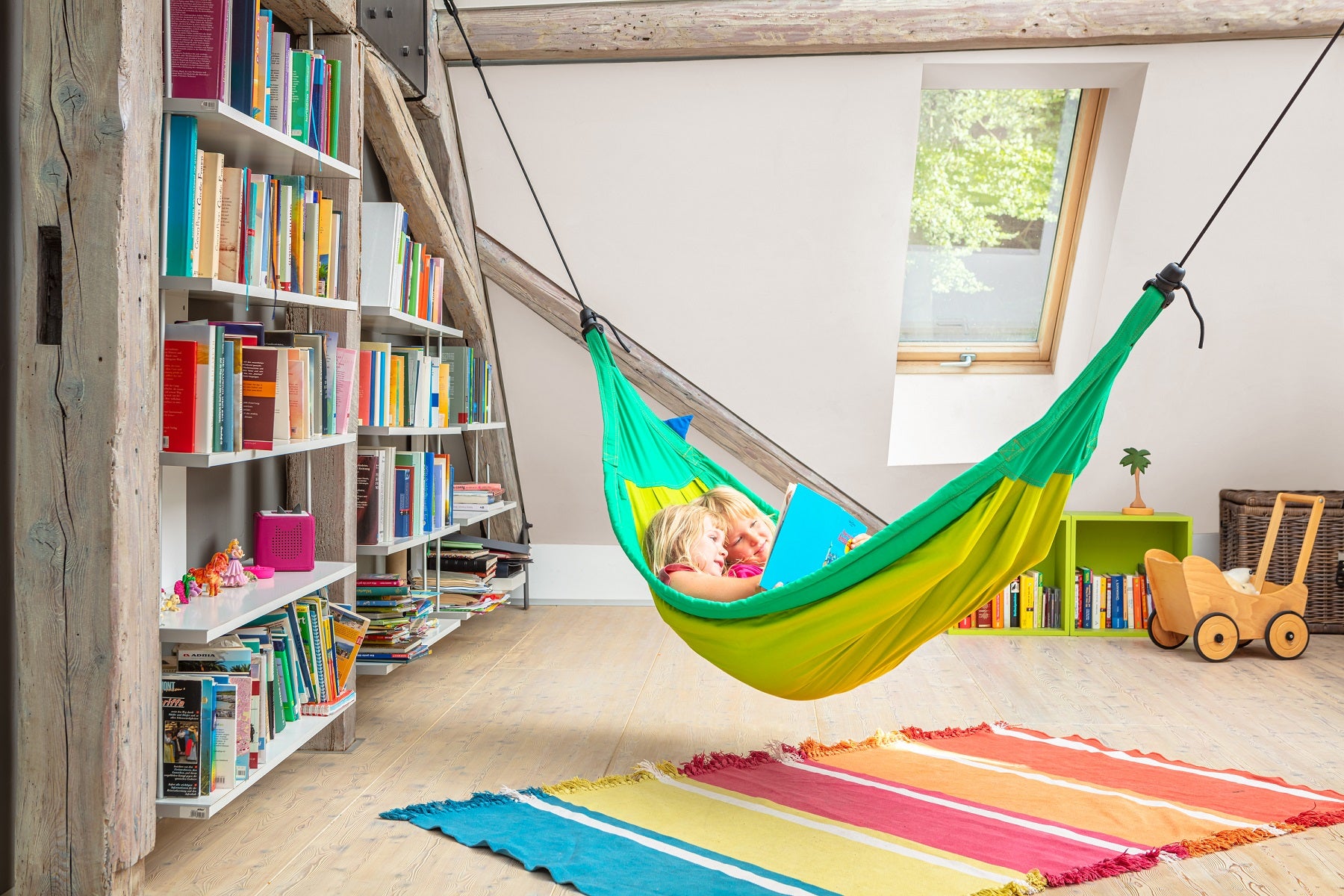How Hammocks Aid Children with Sensory Processing Disorder
June 12 2023 – Mike Rennie

Embracing Calm and Comfort: How Hammocks Aid Children with Sensory Processing Disorder
Sensory Processing Disorder (SPD) affects countless children, making it challenging for them to process and respond to sensory information effectively. Everyday stimuli such as touch, sound, and movement can become overwhelming and cause anxiety or meltdowns. However, there is a remarkable tool that can provide a soothing and therapeutic environment for children with SPD: hammocks. In this article, we will explore how hammocks can help children with sensory processing disorder by providing a safe, calming, and sensory-rich experience.
1. Sensory Integration and Regulation:
Hammocks offer a unique sensory experience, integrating different stimuli that can help children with SPD regulate their sensory systems. The gentle swinging motion provides a rhythmic input that aids in organizing the vestibular system, responsible for balance and spatial awareness. The cocoon-like feeling of being enveloped in a hammock can provide deep pressure and proprioceptive input, promoting a sense of security and grounding.

2. Sensory Retreat and Self-Soothing:
Hammocks create a secluded and cozy space where children can retreat to when feeling overwhelmed or overstimulated. The gentle sway and comforting embrace of the hammock can help children self-soothe and regulate their emotions. This private sanctuary allows them to take a break from external sensory input and find solace in the calming effects of the hammock, promoting relaxation and reducing anxiety.
3. Spatial Awareness and Balance:
Children with SPD often struggle with spatial awareness and balance. Hammocks provide an opportunity for them to develop a better sense of their body in space. As they navigate the hammock's movements, they learn to adjust their body position, enhancing proprioceptive awareness and balance control. This can have a positive impact on their overall coordination and motor skills development.

4. Sensory Integration Therapy:
Hammocks can be incorporated into sensory integration therapy sessions for children with SPD. Therapists use the swinging motion of the hammock to stimulate and regulate the vestibular system, facilitating sensory integration. This therapy approach helps children process and respond to sensory information more effectively, leading to improved attention, self-regulation, and overall sensory functioning.

5. Calm Down Corner or Sensory Room Addition:
Hammocks are an excellent addition to calm down corners or sensory rooms designed specifically for children with SPD. Creating a designated space with a hammock provides a safe and soothing environment where children can retreat to when they need sensory input modulation. The hammock's gentle movements and cocoon-like embrace offer a comforting space for self-regulation and relaxation during challenging moments.
6. Play and Imagination:
Beyond therapeutic benefits, hammocks also offer a space for creative play and imagination. Children can engage in imaginative play scenarios, such as pretending to be astronauts floating in space or adventurers swinging through the jungle. The sensory-rich experience of the hammock further enhances their playtime, stimulating their senses and promoting cognitive and social development.
Hammocks can be transformative for children with Sensory Processing Disorder, providing a therapeutic and calming environment where they can regulate their sensory systems, find solace, and develop essential skills. The sensory integration, self-soothing, and spatial awareness benefits of hammocks make them a valuable tool in supporting children's sensory needs. Whether incorporated into therapy sessions or used at home in a dedicated sensory space, hammocks offer a gentle and nurturing experience that can positively impact children's well-being, comfort, and sensory processing abilities.
